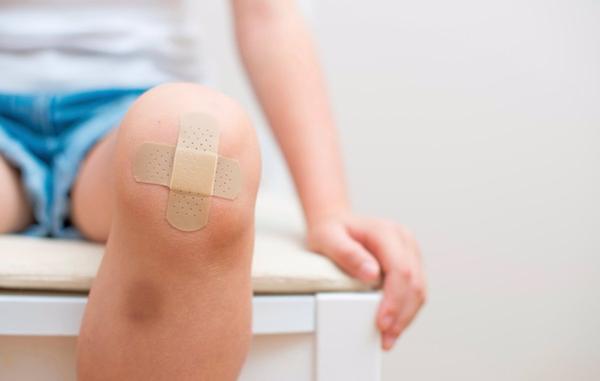25
11/2022
MADRID, 9 Mar. (EDITIONS) -
Many times we get a wound and it is impossible for us not to remove the scab, we cannot avoid it, but immediately afterwards we have to suffer the consequent nonsense from the grandmother or mother warning that they should not be removed because otherwise we will leave a mark on the skin. To what extent is this true?
Specifically, scabs or scabs, which are the same thing, are those hard coverings that appear on some skin lesions. "They are formed when some type of liquid secretion that arises from the lesion itself dries up, normally serum, blood or pus," he indicates in an interview with Infosalus Vicente Manuel Leis Dosil, a member of the Spanish Academy of Dermatology and Venereology (AEDV), and dermatologist at the IDELIA clinic (San Sebastián de los Reyes, Madrid).
According to this dermatologist, "it is not bad to remove scabs", although he specifies that it is advisable to remove them for several reasons. On the one hand, he points out that these are occupying the surface of the wound, preventing it from being adequately covered by the epidermis and delaying healing.
On the other hand, he maintains that they are a substrate in which bacteria can easily settle and grow, causing wound infections. "The main problem, beyond whether or not they should be removed, is how to treat these wounds so that the scabs come off and the healing is correct," he appreciates.

In this context, Dr. Leis does draw attention to the fact that if the removal of the scabs is aggressive or traumatic, it can cause pathological and unaesthetic scars. "This is especially important after aesthetic treatments such as chemical exfoliations, or peels, in which we are going to precisely induce the appearance of scabs and flaking," he adds.
So how do we care for scabs? The member of the AEDV emphasizes that the purpose of the treatment must be to prevent them from becoming infected and to facilitate their shedding.
"The main measure is to wash the area well, with soap and water. Normally used soaps are usually sufficient. We can use gentle friction so that the scabs gradually come off or fragment," he says.
When they are very thick or very dry, the dermatologist says that you can apply a generous layer of pure sterile Vaseline on the scab, and let it sit for a little while. After a few minutes, he maintains that this layer of Vaseline should be removed and, again, the area will be washed with soap and water.
"Sometimes the scabs are very adherent, they are very extensive, they sit on deep ulcers or there are clear signs of inflammation around them, such as redness, swelling and pain. In these situations, the best thing to do is to consult with our doctor to establish the most opportune treatment", insists the member of the Spanish Academy of Dermatology and Venerology.
In turn, he insists that pulling them out traumatically must be avoided, since there is a greater risk of bleeding, the appearance of new scabs, or unsightly scarring.
The Neumors Foundation also clarifies that, while the body does its healing process on the inside, a scab (a dry and short-lived shell) forms on the outside. "The function of the scab is to protect the wound while the injured skin heals underneath," he adds.
Below the protective surface of the scab, new tissue forms, as he continues, as the body repairs damaged blood vessels and the skin makes collagen (a kind of tough white protein fiber) to reconnect the broken tissue.
"Once the healing process is complete, the scab dries and falls off, leaving repaired skin and often a scar. At this point, the scar will provide approximately 80% to 90% of the resistance of normal skin. It will take several months for the scar to recover 100% of the resistance of normal skin," he adds.

- 453
- how to get knitted lipstick
Related Articles
50 Best Vanity Lighting in 2021: According to Experts
30/01/2022You can get any random vanity lighting, but if you're looking for expert advice to choose the best one for your needs, then you've come to the right place. No matter w...
The beauty secrets of these influencers over 50 will change your life
31/01/2022I'm certainly not what many would conventionally call "beautiful," but my attitude seems to make others think I am. My career on social media has been about challenging the norms...
Top 30 Colored Duct Tape Capable – Best Review on Duct Tape Colors
05/02/2022Home » Office Products » Top 30 Color Capable Duct Tape: Best Color Duct Tape ReviewOffice ProductsEsperanza Campoy2021 25 Views0 SaveSavedRemoved 0 ¿...
48 What is the best facial peel in 2021: according to the experts
02/05/2022You can get any random facial peel, but if you're looking for expert advice to choose the best one for your needs, then you've come to the right place.